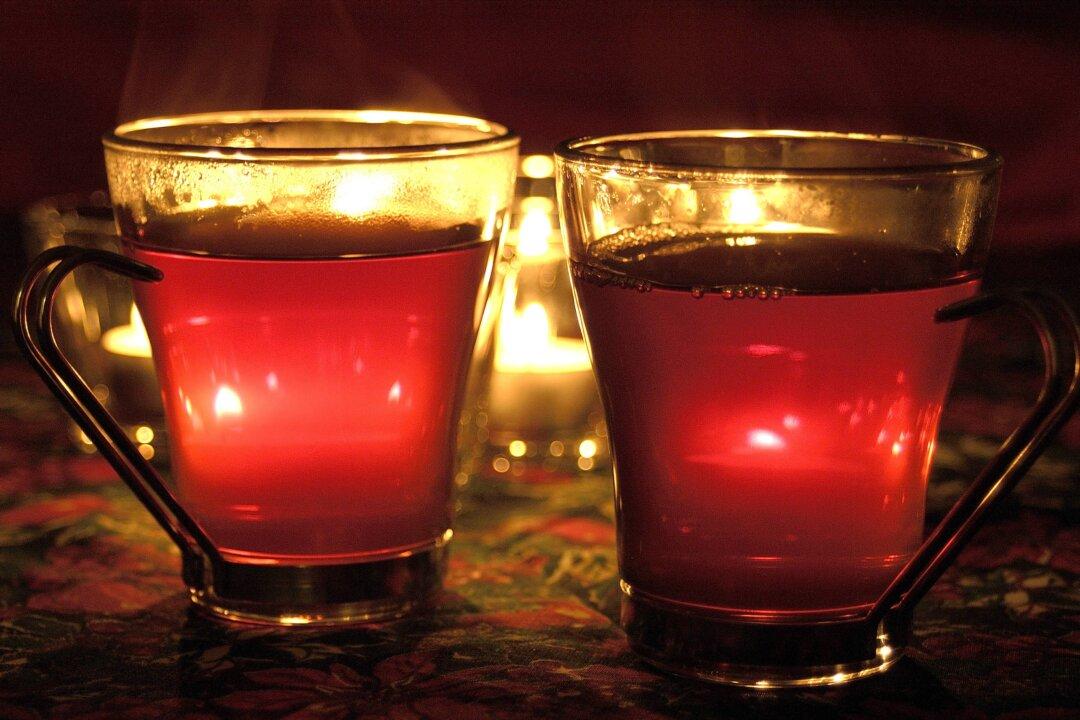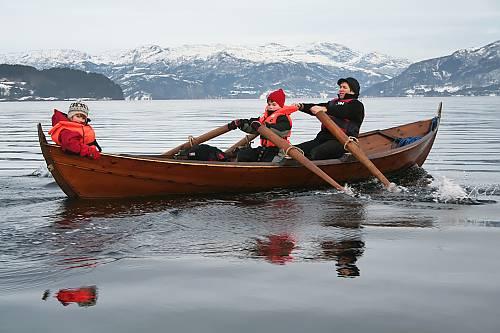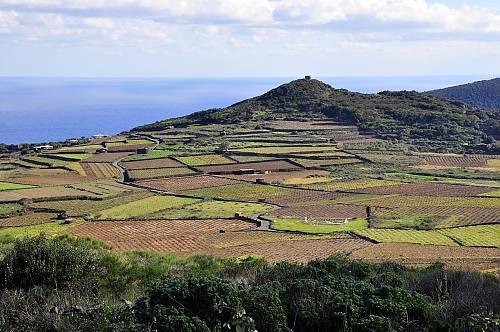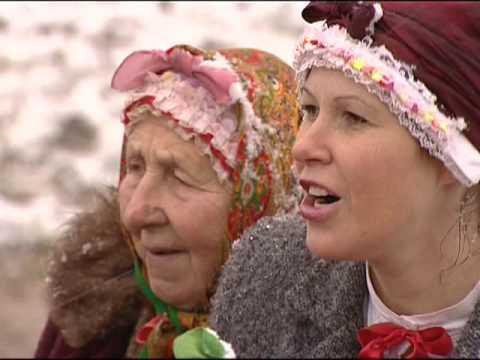Dec. 24 is the highlight of the year for Finnish people everywhere, for that is when Father Christmas arrives. And he actually drops in, either as a dressed-up relative or neighbour, or perhaps the children’s father plays the role.
The children dress up as little helpers and after they sing songs to Santa, they wave him off and hand out the presents he has left. The main meal of this special night is then served, complete with traditional dishes such as freshly baked salmon, baked ham, roast veal, wonderful home-made rye or barley breads, various casserole dishes that represent Finnish cuisine at its best, and an assortment of spiced cookies. In Lapland, thinly sliced smoked reindeer roast is often served as an appetizer.
Gløgg or glögi in Finnish, is a hot spiced drink served when guests arrive or at the end of the meal instead of tea or coffee. There are many versions, some spiked with vodka, but the one here is non-alcoholic.
Old-fashioned Roast Veal
1 1/2 to 2 kg (3 to 4 lb) veal roast
2-3 carrots, diced
2-3 onions, diced
Salt and white pepper
1 to 2 bay leaves
50 ml (2 tbsp) butter
175 ml (3/4 cup) water or broth to baste (with veal juices)
15 ml (1 tbsp) flour
75 ml (1/3 cup) 35% cream
Rub veal with salt and pepper. Put into a greased shallow pan and top with a few pieces of butter. Add diced vegetables and roast in a 230º C (450º F) oven for half an hour, then reduce heat to 175º C (340º F) and roast for another half hour per kilo. Baste during roasting. Pour off the juices and thicken with flour mixed with cream. Bring gravy to a boil and season to taste.
Rutabaga Casserole
500 g (1 lb) rutabaga, peeled
500 ml (2 cups) water
5 ml (1 tsp) sea salt
125 ml (1/2 cup) breadcrumbs
125 ml (1/2 cup) milk or cream
15 ml (1 tbsp) molasses
Dash white pepper
1 ml (1/4 tsp) nutmeg
1 large egg
15 ml (1 tbsp) butter for greasing the casserole dish
Cut up the rutabaga and cook in salted water until soft. Soak all but 25 ml (2 tbsp) of breadcrumbs in the milk. Drain rutabaga, reserving liquid. Mash, then add breadcrumbs and milk, about 250 ml (1 cup) reserved cooking liquid, molasses, pepper, nutmeg, and beaten egg. Pour into a greased ovenproof casserole, patter the top with a spoon and bake at 175º C (340º F) for about an hour.
Gløgg (Glögi)
1 litre (4 cups) cranberry, red grape or elderberry juice
2 strips of orange peel from an organic orange
1 cinnamon stick, broken
6 whole cloves, slightly crushed
4 cardamom pods, crushed
1 ml (1/4 tsp) allspice, ground
Put all ingredients in a stainless steel or enamel pot and bring just to a boil. Simmer over low heat for about 10 minutes. Do not boil. Cool, then remove spices with a sieve. Re-heat and dilute with water to taste. Put a few raisins and a couple of blanched almonds in the bottom of each cup. Vodka may also be added for those who prefer an alcoholic drink.
Susan Hallett is an award-winning writer and editor who has written for The Beaver, The Globe & Mail, Wine Tidings, and Doctor’s Review, among others. She is currently the European editor of Taste & Travel International. Email: [email protected]





